Government Incentives and Policies
Government policies and incentives aimed at promoting renewable energy adoption are significantly influencing the Wind Turbine Sensor Market. Many countries have implemented favorable regulations and financial incentives to encourage investments in wind energy infrastructure. For instance, tax credits, grants, and subsidies for renewable energy projects have been established to stimulate growth in the sector. These supportive measures not only enhance the attractiveness of wind energy but also create a conducive environment for the deployment of advanced sensor technologies. As a result, the Wind Turbine Sensor Market is expected to experience increased demand, driven by the need for enhanced monitoring and maintenance solutions that align with regulatory requirements. The ongoing commitment of governments to renewable energy initiatives is likely to sustain market growth in the foreseeable future.
Growing Focus on Energy Efficiency
The Wind Turbine Sensor Industry. As energy costs rise and environmental concerns intensify, stakeholders are increasingly prioritizing the optimization of energy production. Sensors play a pivotal role in this context, providing critical data that enables operators to enhance turbine performance and reduce operational costs. The market for energy-efficient technologies is projected to expand, with estimates indicating a potential growth rate of 15% annually. This trend underscores the importance of integrating advanced sensor systems into wind energy operations to achieve optimal efficiency. The Wind Turbine Sensor Market stands to gain from this focus on energy efficiency, as the demand for innovative solutions that facilitate better energy management continues to rise.
Rising Demand for Renewable Energy
The increasing The Wind Turbine Sensor Industry. As nations strive to meet their energy needs sustainably, the deployment of wind energy systems has surged. According to recent data, wind energy capacity has expanded significantly, with installations reaching over 700 GW worldwide. This growth necessitates advanced sensor technologies to monitor and optimize turbine performance, thereby enhancing energy output and operational efficiency. The Wind Turbine Sensor Market is poised to benefit from this trend, as sensors play a crucial role in ensuring the reliability and longevity of wind turbines. Furthermore, the transition towards cleaner energy sources is likely to accelerate investments in sensor technologies, fostering innovation and development within the industry.
Technological Advancements in Sensor Technologies
Technological innovations are transforming the Wind Turbine Sensor Market, leading to the development of more sophisticated and efficient sensors. Recent advancements in sensor technologies, such as the integration of artificial intelligence and machine learning, enable real-time data analysis and predictive maintenance capabilities. These innovations enhance the ability to monitor turbine conditions, detect anomalies, and optimize performance. The market for smart sensors is projected to grow, with estimates suggesting a compound annual growth rate of over 20% in the coming years. This growth is indicative of the increasing reliance on advanced sensor systems to improve operational efficiency and reduce downtime in wind energy operations. As the Wind Turbine Sensor Market evolves, the adoption of cutting-edge technologies will likely drive further advancements and create new opportunities for market participants.
Increased Investment in Wind Energy Infrastructure
Investment in wind energy infrastructure is a crucial driver for the Wind Turbine Sensor Market. As countries seek to diversify their energy portfolios and reduce reliance on fossil fuels, substantial capital is being allocated to the development of wind farms. Recent reports indicate that investments in wind energy projects have reached unprecedented levels, with billions of dollars committed to new installations and upgrades. This influx of capital not only supports the construction of new wind farms but also necessitates the deployment of advanced sensor technologies to ensure optimal performance and maintenance. The Wind Turbine Sensor Market is likely to benefit from this trend, as the demand for reliable and efficient monitoring solutions grows alongside the expansion of wind energy infrastructure.

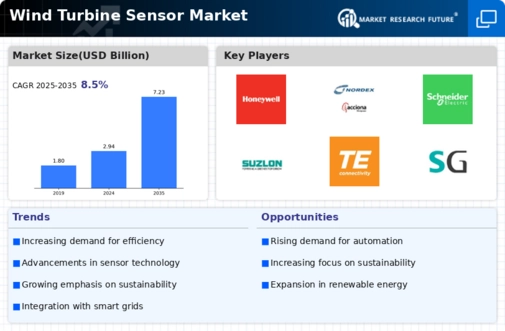

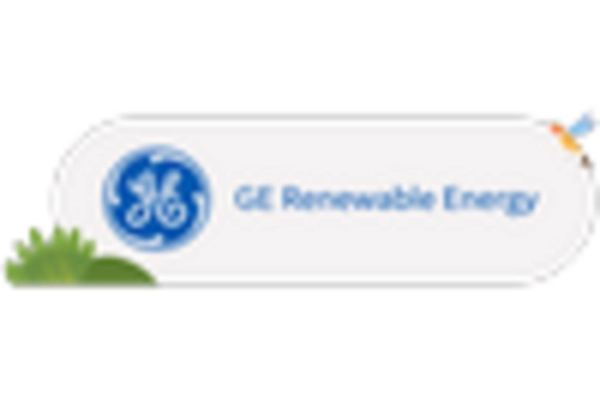
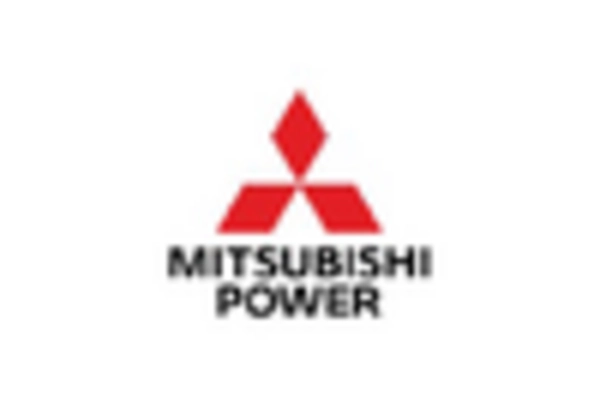
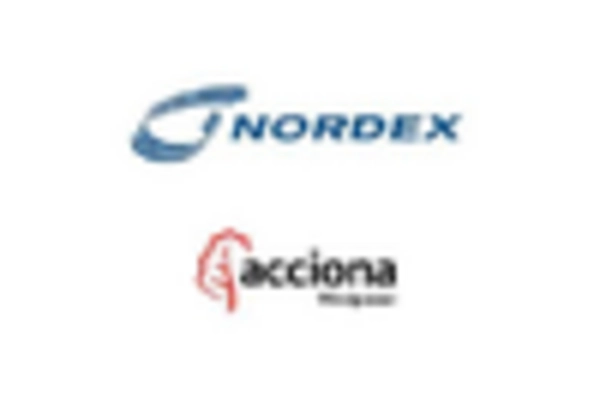
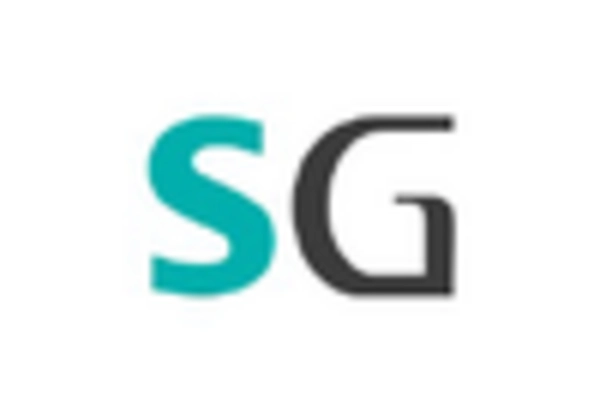










Leave a Comment